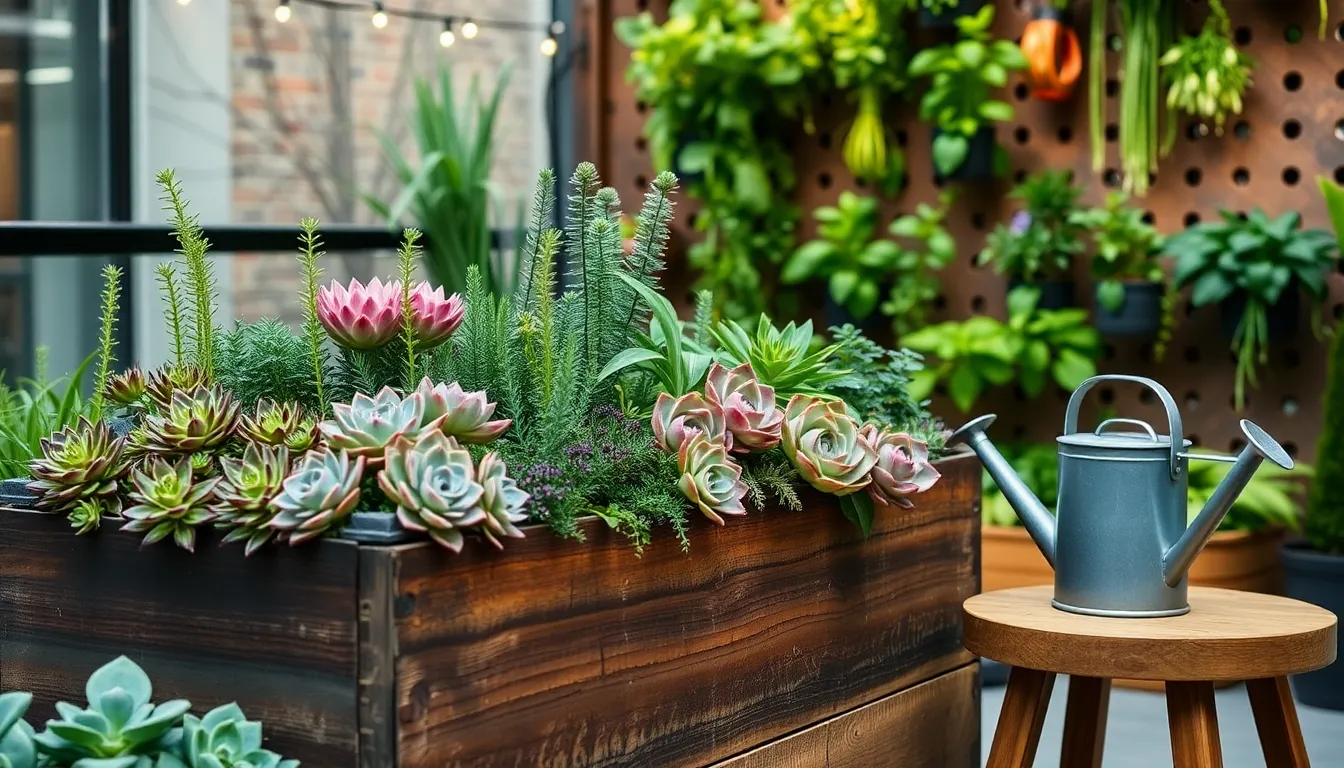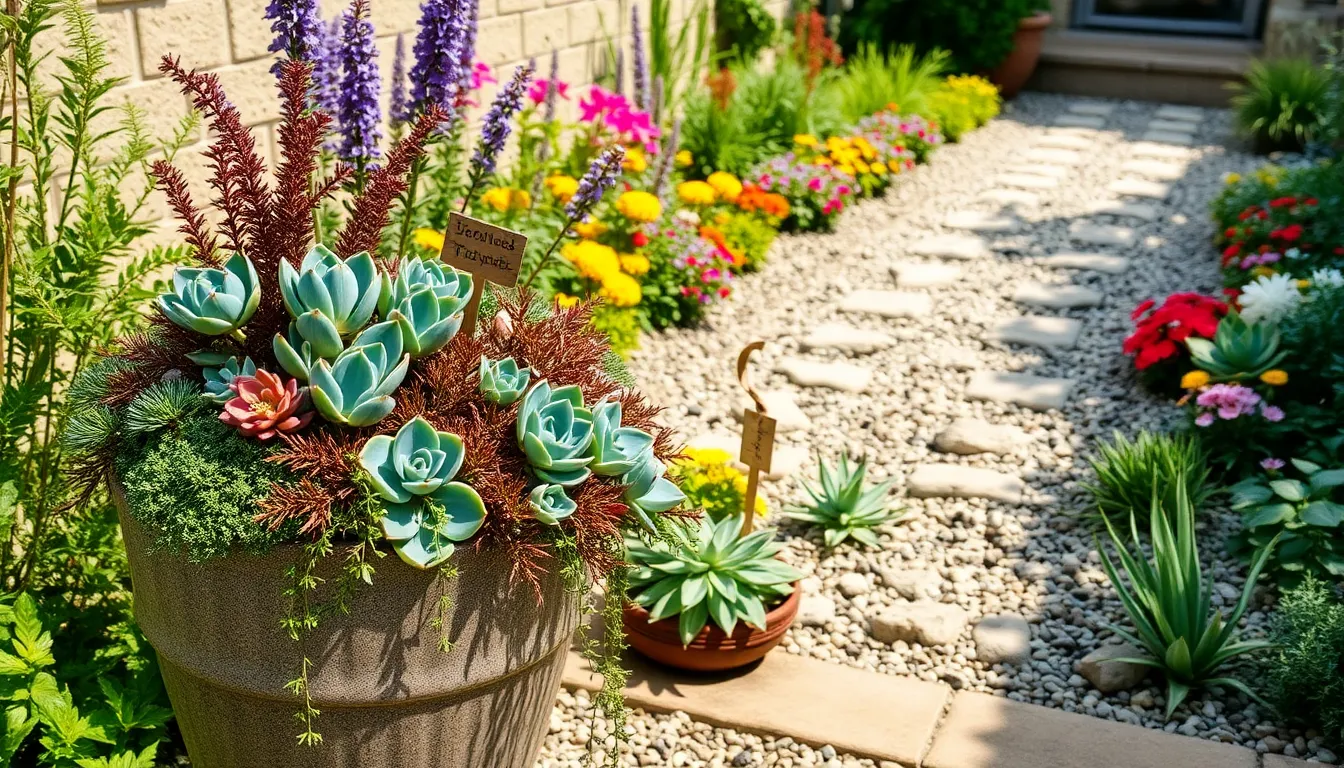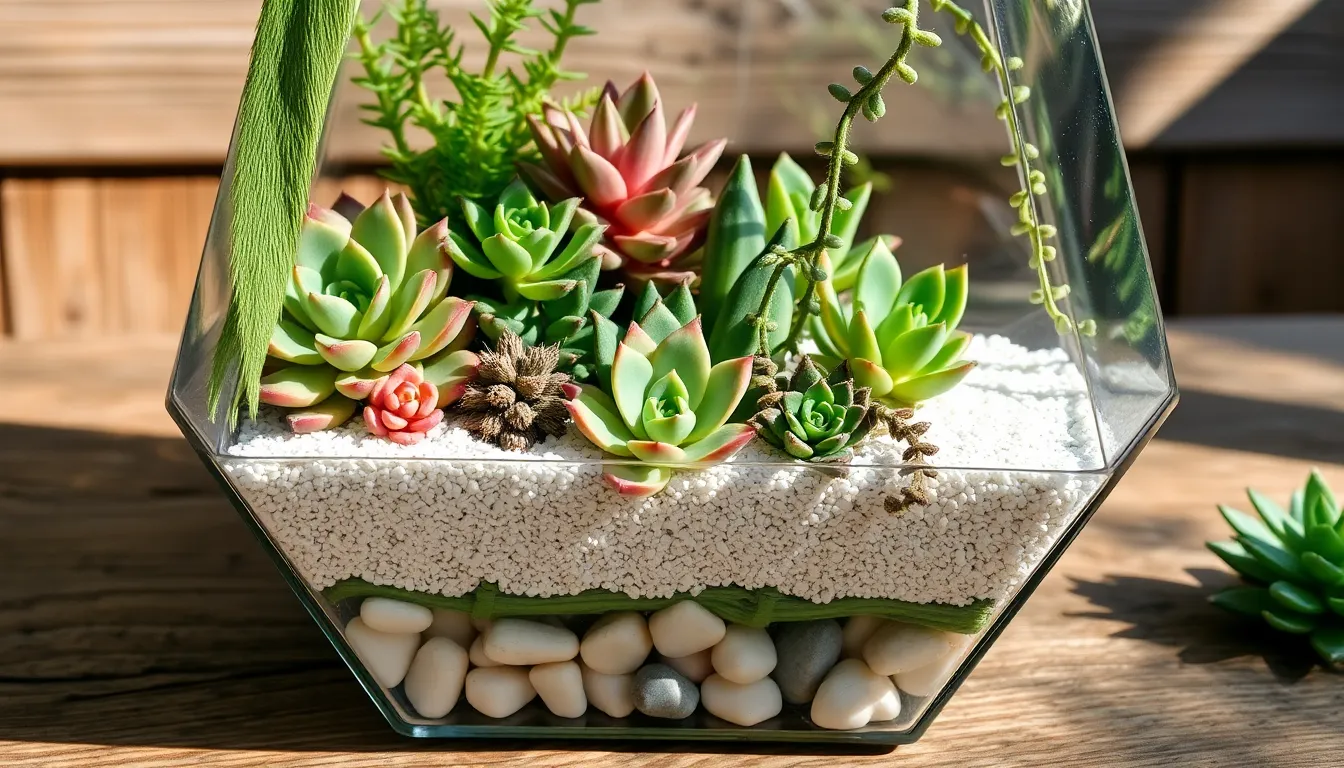Gardening is an art that nourishes the soul, and whether you’re just starting out or have soil-stained hands from years of experience, the thrill of growing something beautiful and bountiful is unmatched. In “Simple Gardening Ideas for Busy People,” you’ll discover a treasure trove of tips that cater to your bustling lifestyle, ensuring that your garden thrives with minimal fuss and maximum joy.
This guide is designed to be your trusted companion in cultivating a personal oasis, regardless of time constraints. By exploring creative design ideas and efficient planting techniques, you’ll find ways to transform even the smallest spaces into vibrant retreats, reaping the rewards of fresh produce and colorful blooms. With clear guidance and a focus on practicality, you’ll feel empowered and eager to embark on your gardening journey, knowing that success is just a few simple steps away.
Choose Low-Maintenance Plant Varieties
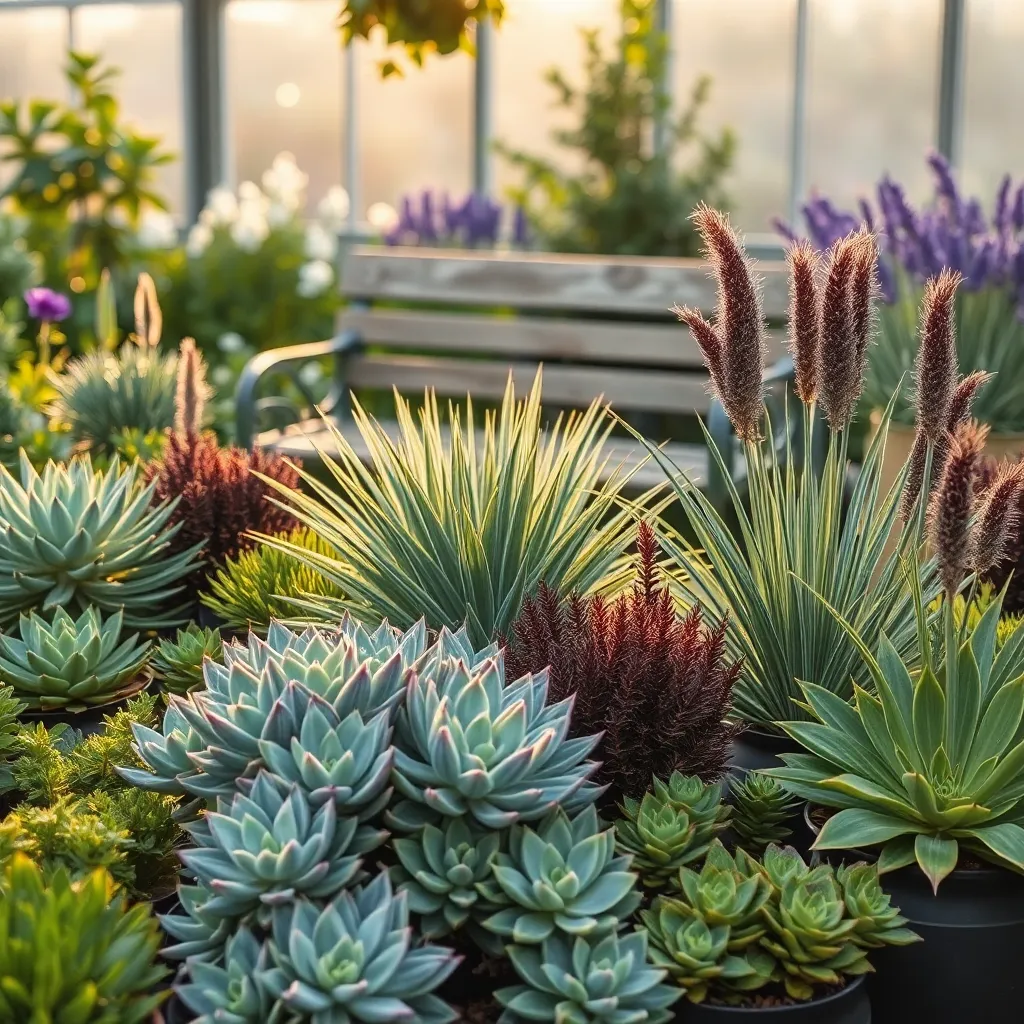
For those with limited time, selecting low-maintenance plant varieties can transform gardening into a stress-free experience. Choose plants like succulents and ornamental grasses, which thrive with minimal care and can tolerate a range of growing conditions.
Succulents, such as jade plants and echeveria, are excellent choices for busy gardeners. They require well-draining soil and should be watered infrequently, allowing the soil to dry out completely between watering sessions.
Ornamental grasses, like blue fescue and fountain grass, add texture and movement to any garden without demanding much attention. They are drought-tolerant and prefer full sun but can also adapt to partial shade, making them versatile additions to various garden settings.
Consider integrating native plants into your garden, as they are naturally adapted to your local climate and soil conditions. Native plants typically require less water, fertilizer, and pest control, reducing the time and resources needed for maintenance.
Schedule Regular Watering with Timers
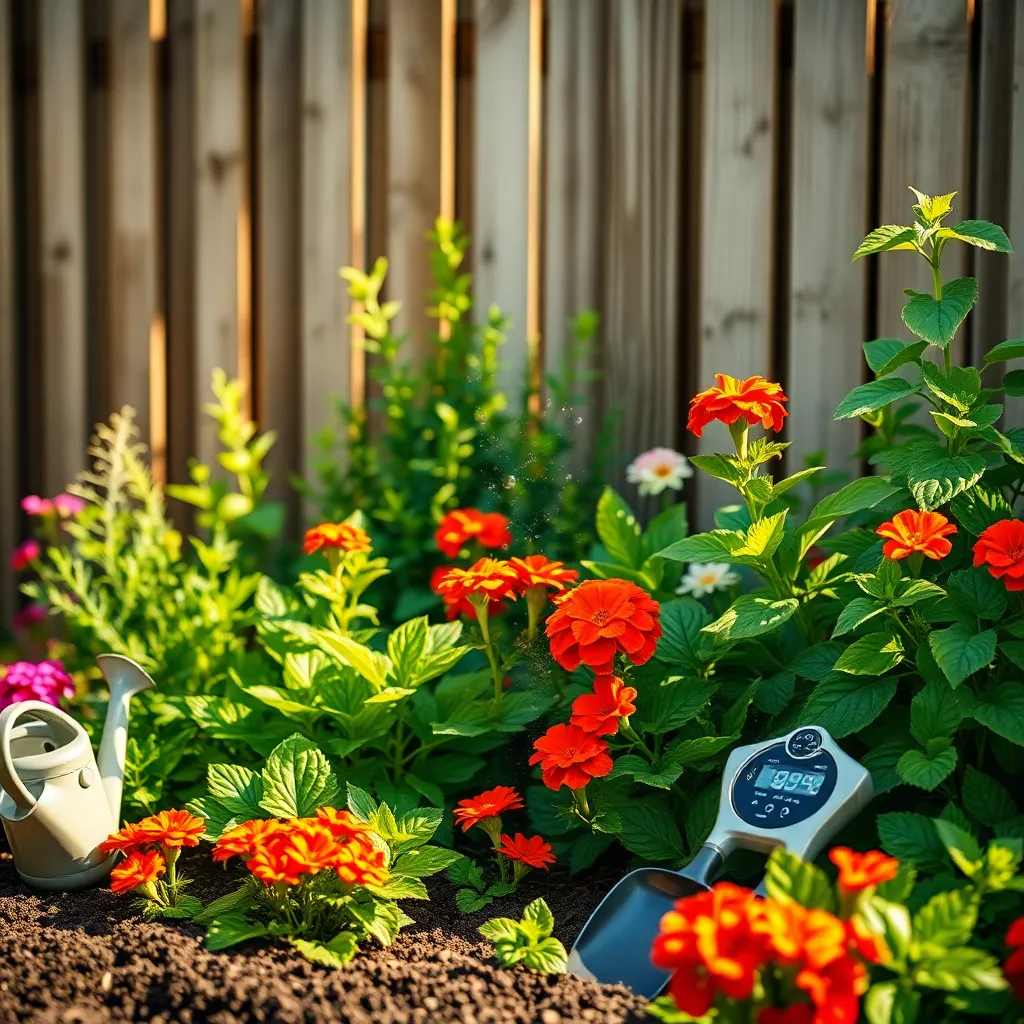
Using a timer for your garden’s watering system can save both time and water. Automatic timers ensure your plants receive the precise amount of water needed, even when you’re too busy to tend to them personally.
Consider the specific needs of your plants when setting your watering schedule. For instance, succulents and cacti require less frequent watering, while vegetables like tomatoes and cucumbers need more consistent moisture.
Timers are available in a range of options, from simple mechanical devices to advanced digital systems. Digital timers allow you to program multiple watering cycles, which can be particularly beneficial for maintaining different zones in your garden.
Place moisture sensors in your soil to enhance your watering strategy further. These sensors can connect to smart timers, automatically adjusting the schedule based on real-time moisture levels, which is ideal for those seeking an advanced, hands-off approach.
Utilize Raised Beds for Easy Access
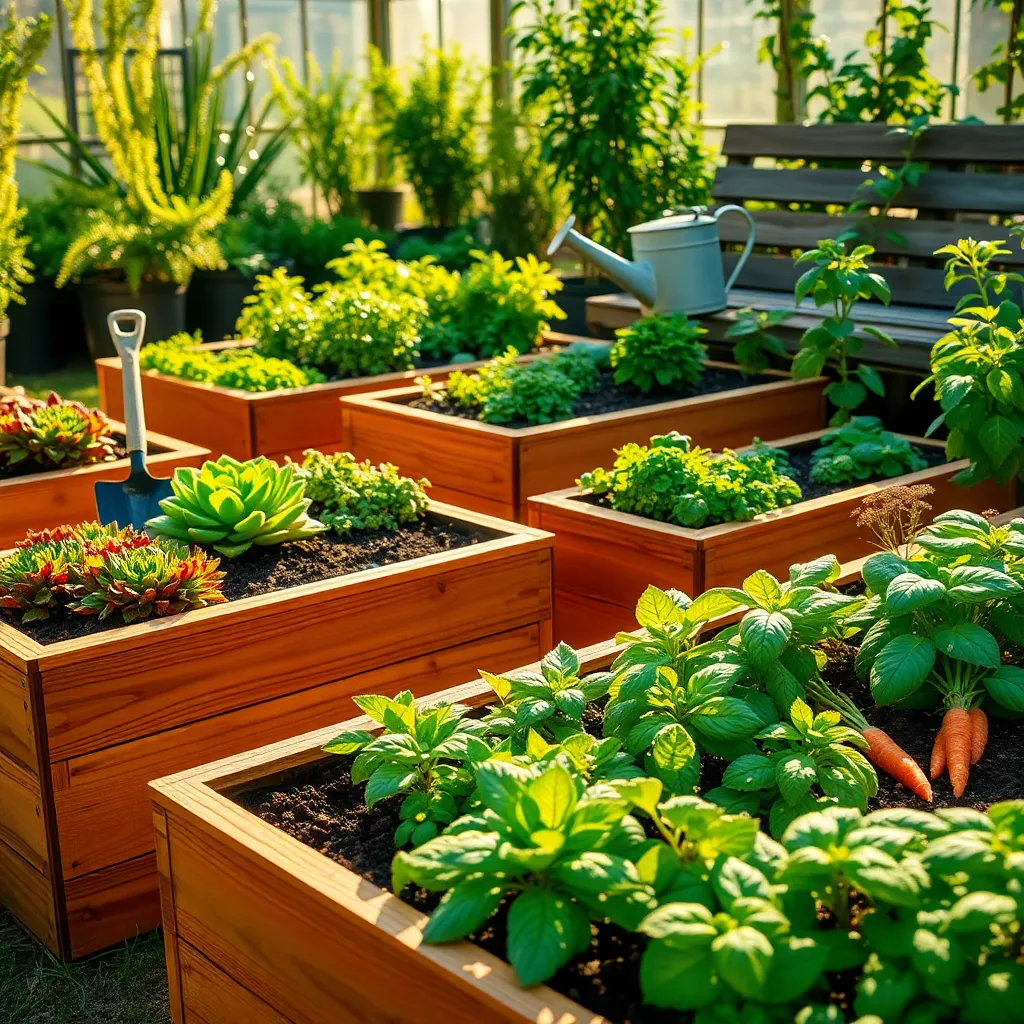
Raised beds are an excellent option for those with limited time, offering easy access and efficient plant management. Constructing a raised bed can be as simple as using reclaimed wood or composite materials to create a bordered area for your garden.
With raised beds, you can control the soil quality by using a mix of compost, peat, and vermiculite, ensuring your plants get the nutrients they need. This setup not only improves drainage but also helps to prevent soil compaction, which is beneficial for root growth.
One key advantage is the ability to start the growing season earlier since the soil in raised beds warms up faster in the spring. Additionally, raised beds can be easily covered with row covers or cold frames to extend the growing season into the cooler months.
Advanced gardeners can maximize space by using vertical structures, such as trellises, to support climbing plants like tomatoes or cucumbers. This approach not only saves space but also improves air circulation, reducing the risk of diseases.
Incorporate Mulch to Retain Moisture
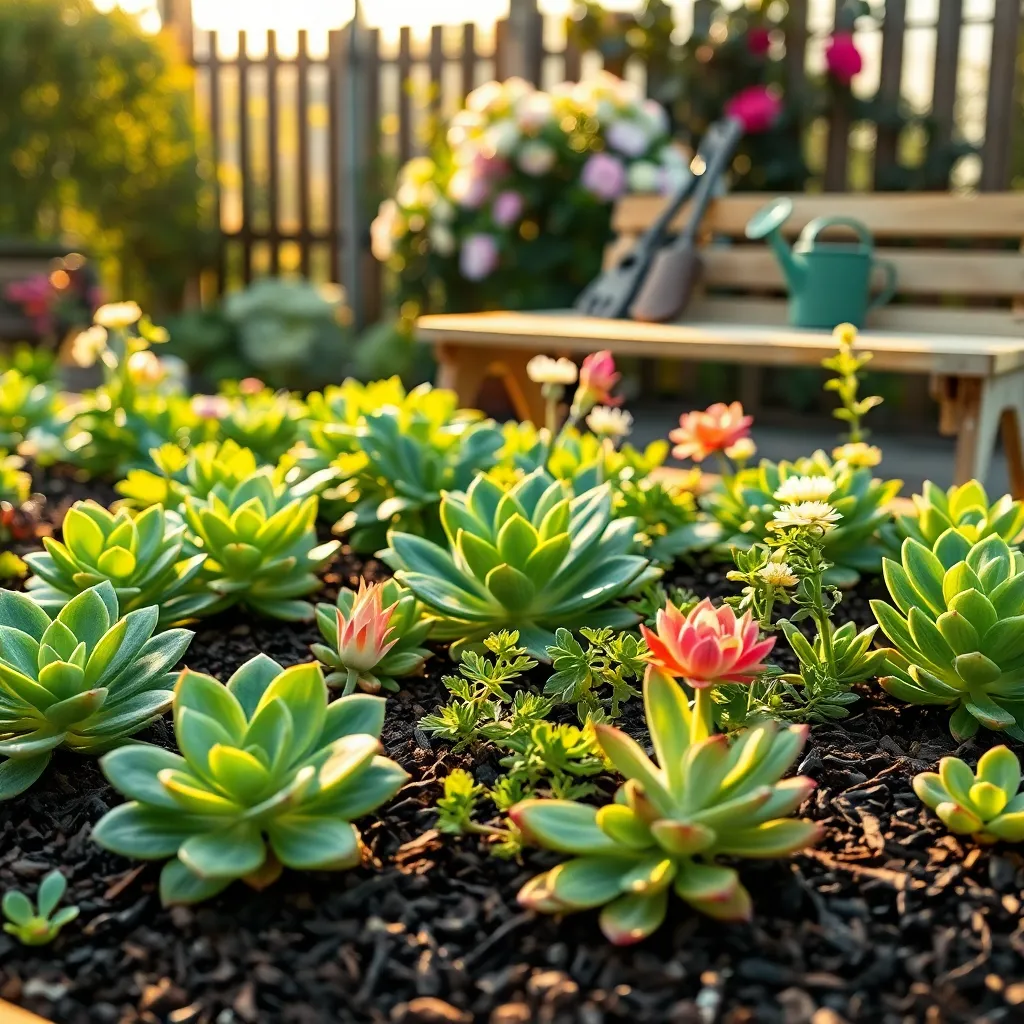
Mulching is a simple yet effective way to conserve moisture in your garden, making it a perfect strategy for busy gardeners. By covering the soil with organic materials like bark, straw, or shredded leaves, you can significantly reduce water evaporation and keep your plants hydrated with less effort.
One of the primary benefits of mulch is its ability to regulate soil temperature, which is crucial for plant health. During hot summer months, mulch keeps the soil cooler, while in colder seasons, it helps retain warmth, providing a stable environment for root growth.
For beginners, start by applying a 2-3 inch layer of mulch around your plants, being careful not to pile it against plant stems to avoid rot. More experienced gardeners may opt to experiment with different types of mulch, such as cocoa bean hulls or pine needles, each offering unique benefits and aesthetics.
In addition to moisture retention, mulch suppresses weeds, reducing your garden maintenance time. As the mulch breaks down, it also enriches the soil with nutrients, improving its structure and fertility over time.
Plant Perennials for Year-Round Growth
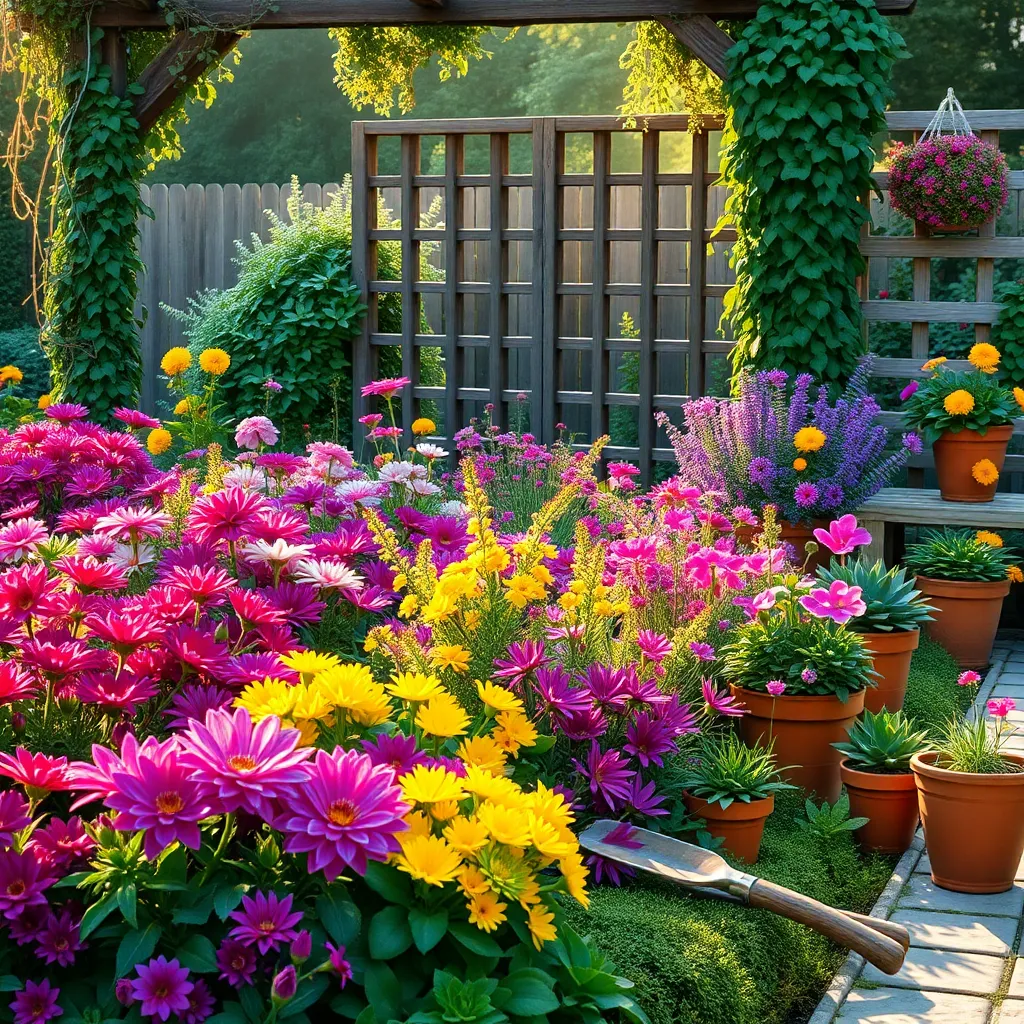
Planting perennials is a smart strategy for busy gardeners looking to achieve year-round growth with minimal effort. These plants return each year, reducing the need for constant replanting and offering a vibrant garden with less maintenance.
When selecting perennials, consider your local climate and soil conditions to choose varieties that will thrive. Hardy perennials like daylilies and hostas are excellent choices as they can withstand a wide range of environments and provide lush foliage and flowers.
To ensure your perennials thrive, plant them in well-draining soil enriched with organic matter, such as compost. This will improve soil structure and provide essential nutrients, giving your plants a healthy start.
Water new perennials regularly, especially during their first growing season, to help them establish strong root systems. Once established, many perennials are drought-resistant, making them ideal for gardeners with limited time for watering.
For advanced gardeners, consider dividing perennials every few years to maintain vigor and prevent overcrowding. This not only promotes healthier plants but also allows you to expand your garden or share plants with friends.
Conclusion: Growing Success with These Plants
In exploring ‘Simple Gardening Ideas for Busy People,’ we’ve unearthed five key relationship concepts: nurturing growth through small, consistent efforts; prioritizing quality time together; fostering communication by sharing a common project; cultivating patience as you watch your garden and relationship flourish; and celebrating small victories along the way. Each of these principles can transform your relationship, just as tending to a garden can transform your outdoor space.
To put these ideas into action, why not start a small herb garden together this weekend? It’s a manageable step that invites collaboration and conversation. As you embark on this journey, you’re not just planting seeds in the soil but also sowing seeds of connection and understanding in your relationship.
Remember, great relationships, like beautiful gardens, require care and attention. Bookmark this article as a handy reference to revisit these ideas and stay inspired. As you nurture both your garden and your relationship, envision the joy and fulfillment that await. With dedication and love, your relationship will thrive, blossoming into a vibrant partnership that stands the test of time.

